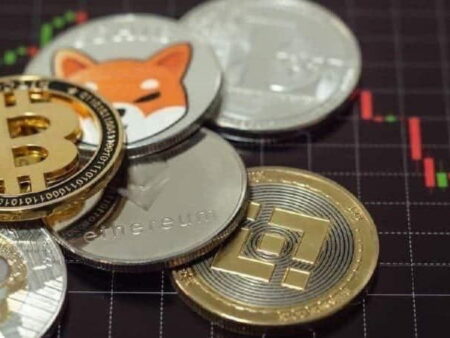Crypto traders and investors often overlook the tokenomics of cryptocurrencies’ supply inflation. Understanding this offers competitive advantages in the cryptocurrency market.
With that in mind, Finbold looked at Solana (SOL) tokenomics from a different perspective. Public market data from leading indexes can demonstrate the effects of an increased supply inflation. It is possible to calculate the exact price SOL would trade if it ever hits the all-time high market cap.
A token needs more demand to keep its same value, facing an inflationary supply. These two factors influence whether a cryptocurrency’s price rises or falls. Each cryptocurrency, including Solana, has its unique ‘tokenomics’ structure.
Solana had an all-time high market cap of $80.965 billion on November 8, 2021, according to TradingView’s CRYPTOCAP index.
Meanwhile, the token traded for as high as $260.06 two days before, as registered by CoinMarketCap. An inverse calculation suggests a circulating supply of around 311.332 million SOL at that time.

Solana supply inflation and its economic effects
Let’s explore SOL’s supply inflation and its economic implications. As of this writing, Solana has a circulating supply of 423.139 million SOL. This results in a supply inflation of 111.807 million SOL (36%) in two years, or around 18% a year — higher than XRP’s yearly inflation.

The price projection also shows the massive economic effects of this inflation. In case the leading Ethereum competitor reaches its highest speculative demand of $80.965 billion market cap, SOL would trade at a proportionally lower price than the corresponding all-time high.
Considering the circulating supply on November 23, Solana would be priced at $191.34 per token at its highest capitalization. Interestingly, a loss of $68.72 (26.4%) from the previous price of $260.06 in 2021.
However, this still indicates a potential 235% increase from the current price of $57.08.
It is important to understand that the forecast requires the same demand as 2021 for Solana. In this context, there are no guarantees that this demand will ever be seen again. On the other hand, it is also possible that a higher demand surges in the following years.
Disclaimer: The content on this site should not be considered investment advice. Investing is speculative. When investing, your capital is at risk.






